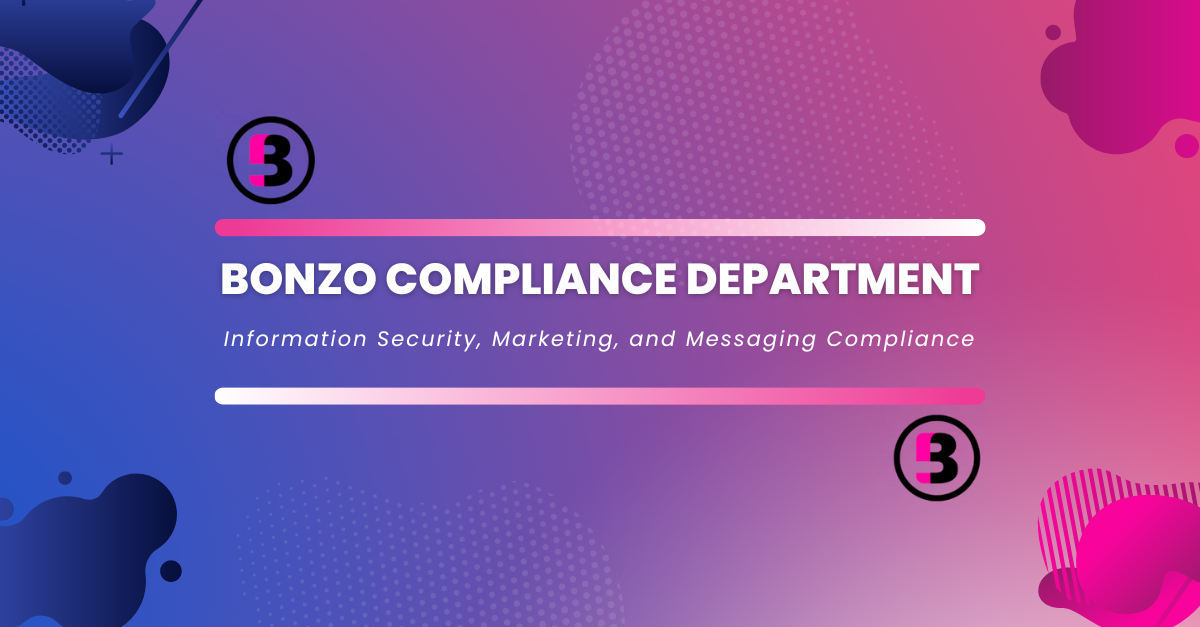Disclaimer: This is not legal advice. Bonzo recommends contacting an attorney with expertise in this area of practice, and/or your compliance department concerning how these regulations directly impact you and your specific use case
We previously introduced the FCC’s new 1:1 consent rule aimed at closing the “lead generation loophole” in our last post (if you haven’t read it yet, we recommend doing so!). Today, we’ll be diving into specifics; particularly, what 1:1 consent means–as currently defined–and viable strategies for those in the financial services space leveraging outbound marketing.
The rule states that a consumer’s prior, express, written consent must be specific to the company calling/texting that consumer. Meaning, when a customer consents to be contacted, the consent must clearly state who (as in which company) will be contacting them.
This has massive implications for those purchasing leads from the likes of Zillow, Lending Tree, and other aggregation sites. It will also alter how consumers comparison shop.
If the rule is published as currently written (and remember, it’s currently slated to go into effect in January of 2025), instead of consumers consenting broadly to learn more about obtaining a home loan–and hearing from those eager to educate on the best deals for their specific needs–they’ll be forced to consent to a specific company, or multiple from a list.
Consumers are placed in the driver’s seat concerning outreach they receive, but opportunities to hear competing offers are limited, yielding for LOs far fewer–albeit likely much higher-converting–leads. This presents a unique opportunity, then, for lead buyers to adopt a lower volume but highly-targeted strategy. We recommend leveraging merge tags and engaging media to personalize messaging–building the trust necessary to secure business.
That said, you’ll want to ensure you’re fully aware of, and stay within, the bounds of the outreach the prospect consented to.
Also with this rule comes a clarification that messaging–after receiving prior, express, written consent–must be “logically” and “topically” related to the “clear and conspicuous” disclosure on the website.
Curiously, the direct example given was: “a consumer giving consent on a car loan comparison shopping website does not consent to get robotexts or robocalls about loan consolidation.” It’s reasonable to think one hoping to learn about competing car loans would also be curious about loan consolidation–but the FCC is stating emphatically that’s not the case.
It’ll be critical, then, to use highly-specific landing pages showcasing your product offerings and routing those leads to tailored campaigns. By using tags, you can easily identify their funnel and segment efficiently for future outreach.
Also very important is implementing a system or process to reliably capture consent that’s safely stored and reproducible if ever necessary. The FCC made clear in this rule the onus to confirm consent is on the lead purchaser/one conducting outreach.
This is particularly noteworthy, as arguments have been made in the past creating confusion around consent capture responsibility. Expect the Plantiff’s bar to capitalize on this clarification, targeting those assuming purchased leads come with them prior, express, written consent for outreach.
While we recommend discussing with your compliance and legal teams specific actions you can take, there are tools made to actively track consent. Counsel familiar with you and your company can help you investigate and determine what solution works best for you.
Ultimately, lead purchasing will continue into the modern era, and likely for many years to come. However, the way in which leads are acquired, consent is provided, and contact is made will likely change. We at Bonzo aim to arm you and your company with the insights necessary to pivot early and continue seeing success. 💪🏼😎

